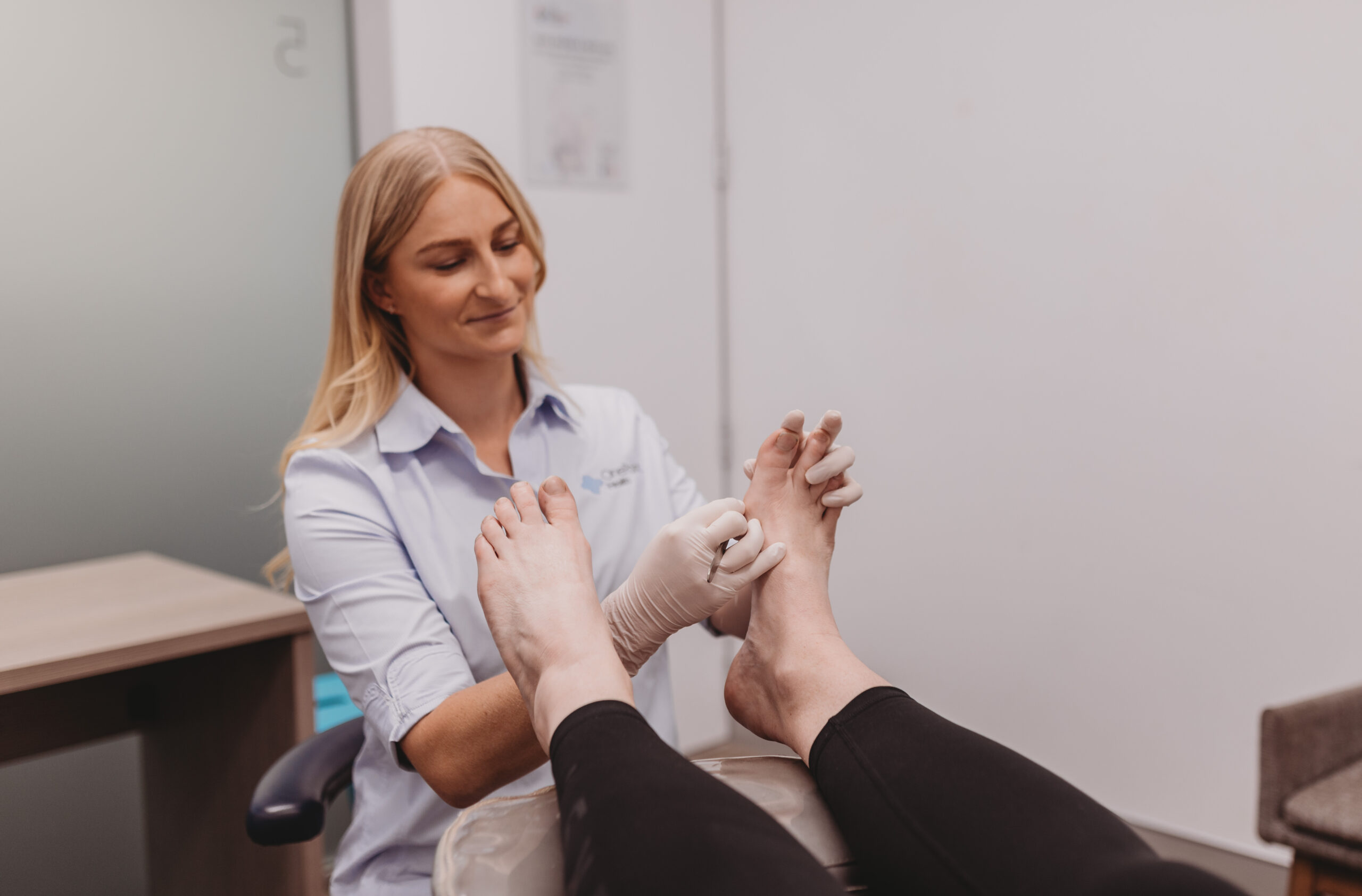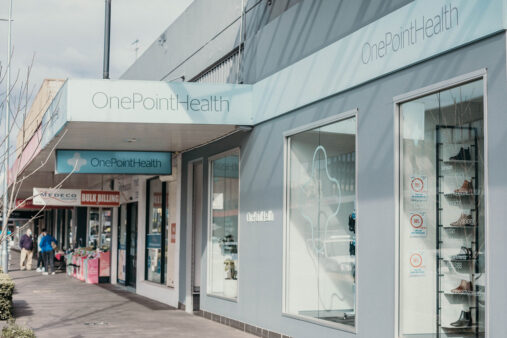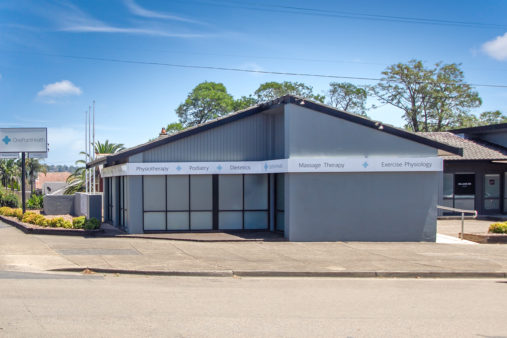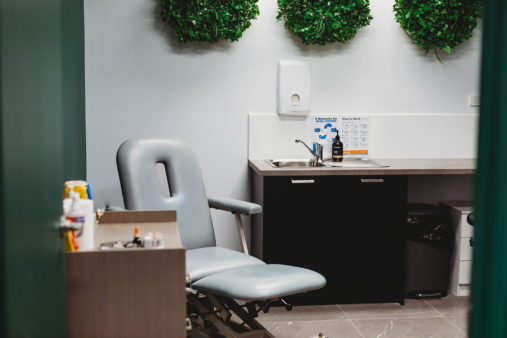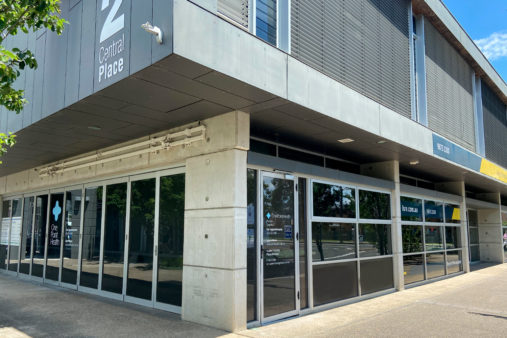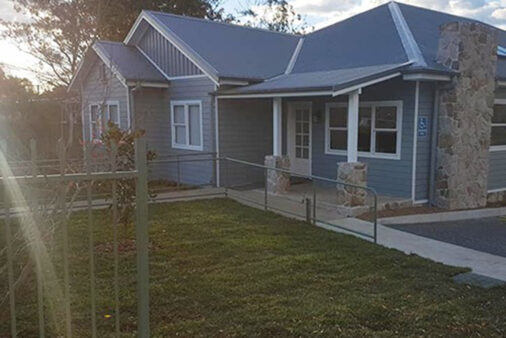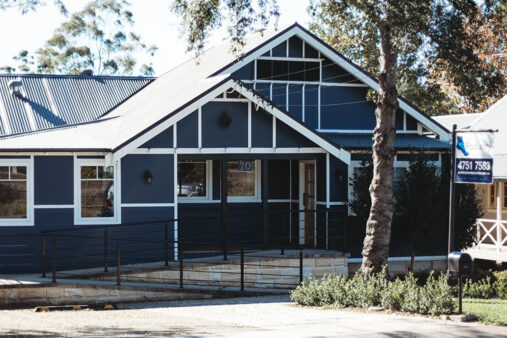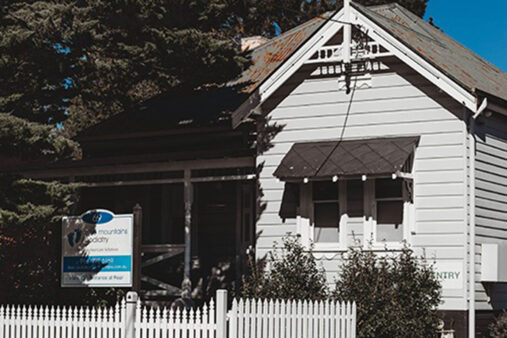What are Corns?
Corns are hardened patches of thickened skin that typically form on pressure points of the feet, such as the tops of toes. They develop due to constant friction and pressure over the skin from tight-fitting shoes or bony prominences. Corns protect the skin but can become painful as the skin hardens into a yellow, whitish or grey layer. Left untreated, corns can worsen and cause discomfort walking or performing daily activities. Proper treatment is necessary to relieve symptoms and prevent corns from worsening.
Causes of Corns
The most common causes of corns are repeated pressure and friction on the skin from narrow, tight-fitting shoes. Poorly fitting shoes are one of the primary reasons corns develop, as they concentrate pressure over bone prominences like the tops of toes. Other causes include abnormal foot mechanics that put pressure on the skin, such as flat feet or high arches. Bony abnormalities like bunions or hammertoes can also exacerbate pressure and lead to corns forming. Genetic conditions like joint deformities slightly increase risk as well. Addressing the underlying mechanical or anatomical causes is a key part of preventing corns from recurring.
Signs and Symptoms
Corns typically appear as small, dense, circular patches of hardened skin that are often yellow or grey in color. They usually form over bony areas that take pressure, such as the tops of toes. Patients may notice thickened, hardened skin that is raised above the surrounding tissue.
Corns can cause varying degrees of pain or discomfort, especially when standing, walking, or wearing shoes. The skin thickens as a protection but also becomes unpleasantly tender. Many patients report a dull ache, throbbing pain or sharp stabbing pain at the site of the corn.
Patients may experience pain when walking or bearing weight on an area with a corn. Shoes, bedsheets or seams in socks can irritate a corn and worsen associated pain.
Treatment Options from a Podiatrist
Podiatrists have a variety of treatment options available to relieve corns depending on each individual case:
Debridement/Shaving
- This involves shaving off the top layers of the thickened skin to remove built-up dead skin cells
- It is generally the first-line conservative treatment tried
- By shaving down the corn, it reduces pressure and tenderness
Padding and Strapping
- Padding helps redistribute pressure away from the corn
- Strapping keeps padding securely in place
- Together, this can significantly reduce pain from footwear
Corrective Orthotics or Insoles
- Custom orthotics or insoles are designed to correct foot mechanics
- By reducing areas of excessive pressure, they can help prevent corns reforming by distributing the pressure.
Medications
- Prescription creams may provide stronger exfoliation in stubborn cases
Procedures (for severe cases)
- Cryotherapy uses targeted cold therapy to remove horny skin buildup
- Laser treatments can coagulate corn tissue for gradual dissolution
- Minor surgeries may be necessary in rare cases where corns are very large
Preventing Recurrence
Part of corn treatment involves preventative measures to avoid corns coming back:
- Wear comfortable, properly fitting shoes with adequate width and support
- Choose shoes made from breathable fabrics like leather over synthetic materials
- Use custom orthotics or pre-made insoles designed for your foot type
- Apply corn pads or cushions made for direct corn protection
- Check feet daily for new areas of pressure or discomfort
- Gently exfoliate hard skin buildup with a foot file or pumice stone
- Wear shoes even at home to distribute weight-bearing pressure
- Consult a podiatrist if biomechanical issues like bunions cause pressure
- See a podiatrist regularly for professional debridement as needed
Taking steps to address pressure points and monitor foot health daily can help keep corns from recurring after successful treatment.
When to See a Podiatrist
It’s best to see a podiatrist if:
- Over-the-counter corn pads, creams or debridement have not provided lasting relief within 2 weeks.
- Corns are very large, painful or located in areas that are difficult to treat properly at home.
- There are underlying foot problems present like bunions that may be contributing to recurrent corns.
- You have diabetes, poor circulation or other conditions delaying corn healing.
At OnePointHealth, our podiatrists are fully qualified specialists who complete extensive surgical and medical training focused solely on foot and ankle care. We understand the biomechanical complexities behind foot issues like corns. Our podiatrists can properly diagnose any contributing mechanical issues and customise your treatment plan for optimal outcomes. This may involve debridement, strapping, custom orthotics or other prescription options. With over [Years] experience, you can trust our podiatrists to efficiently relieve your corn pain and discomfort through our comprehensive treatment approach.
